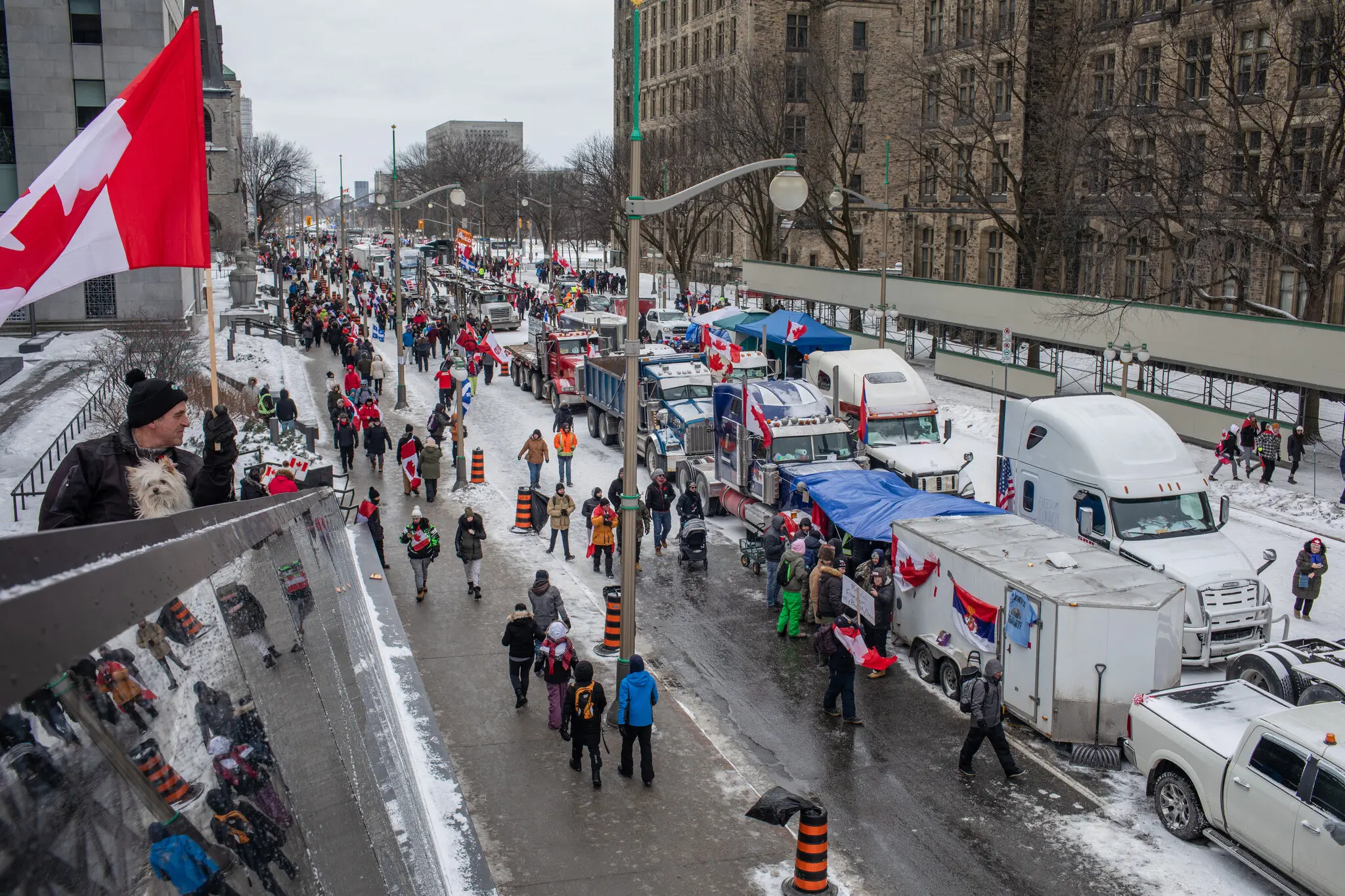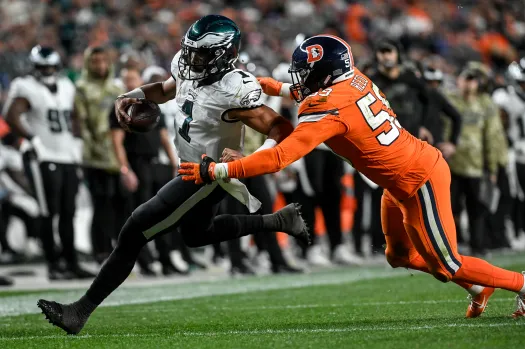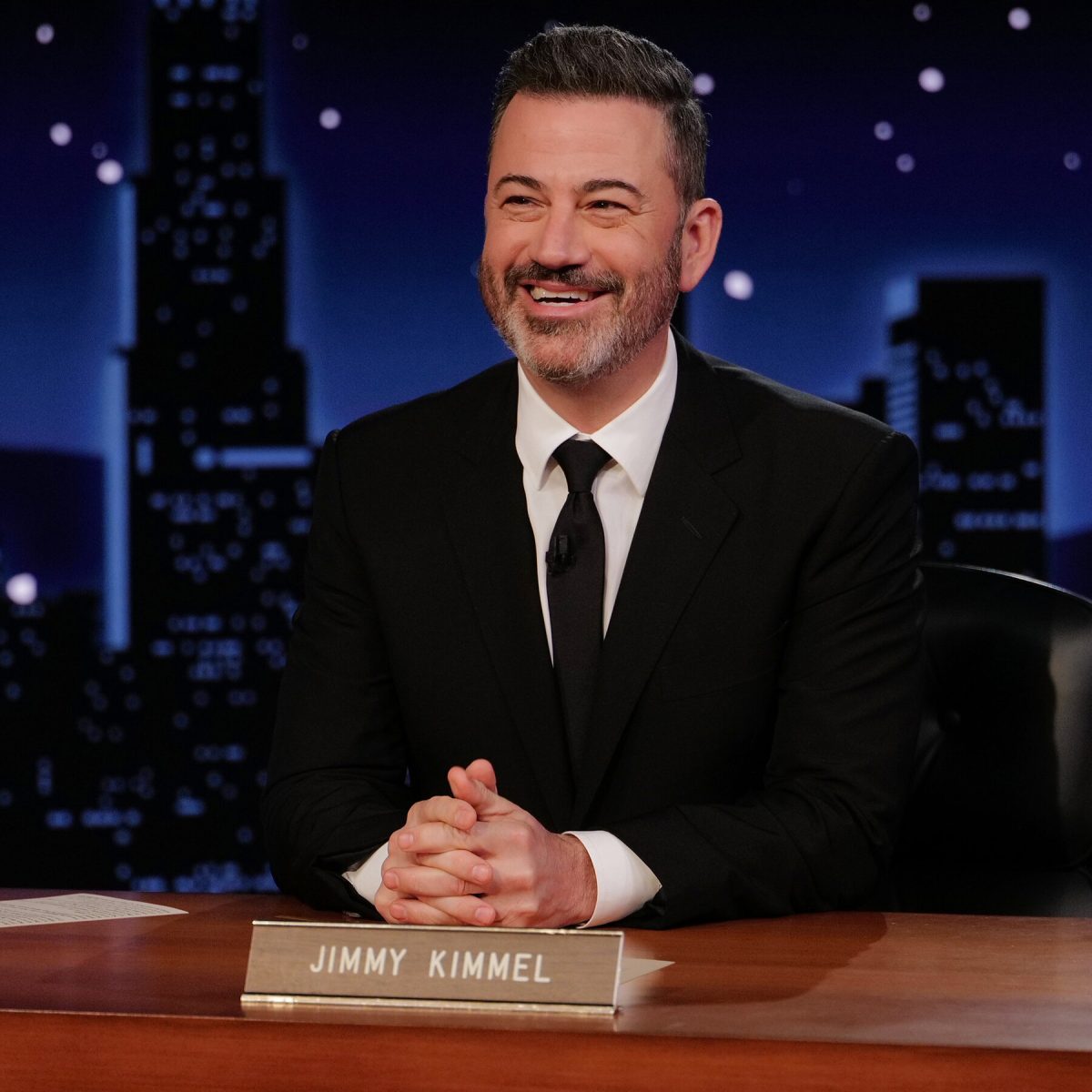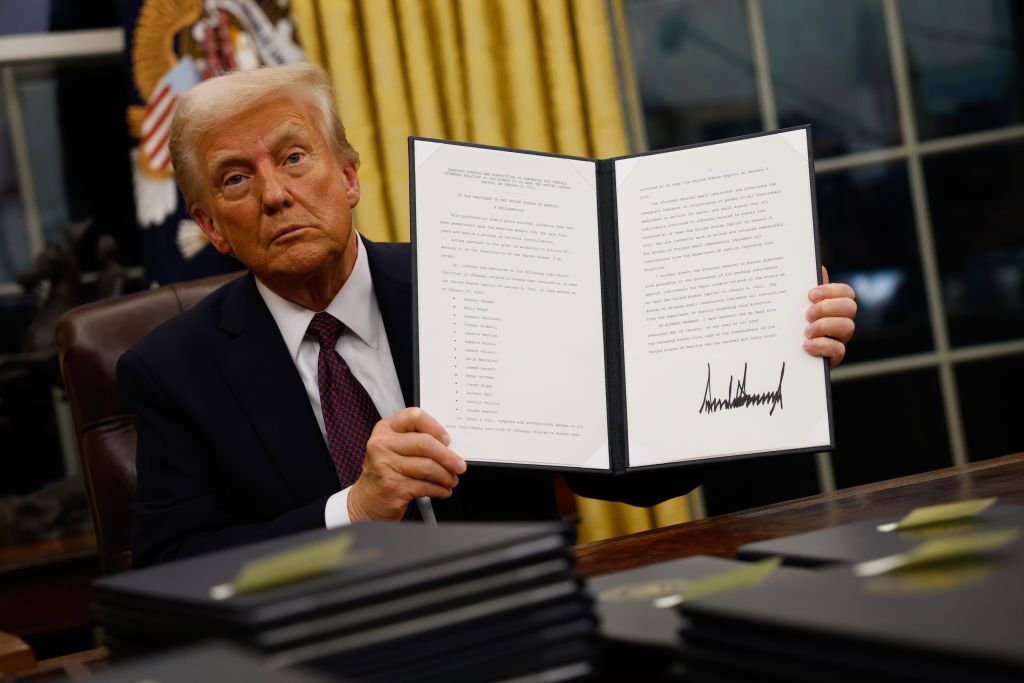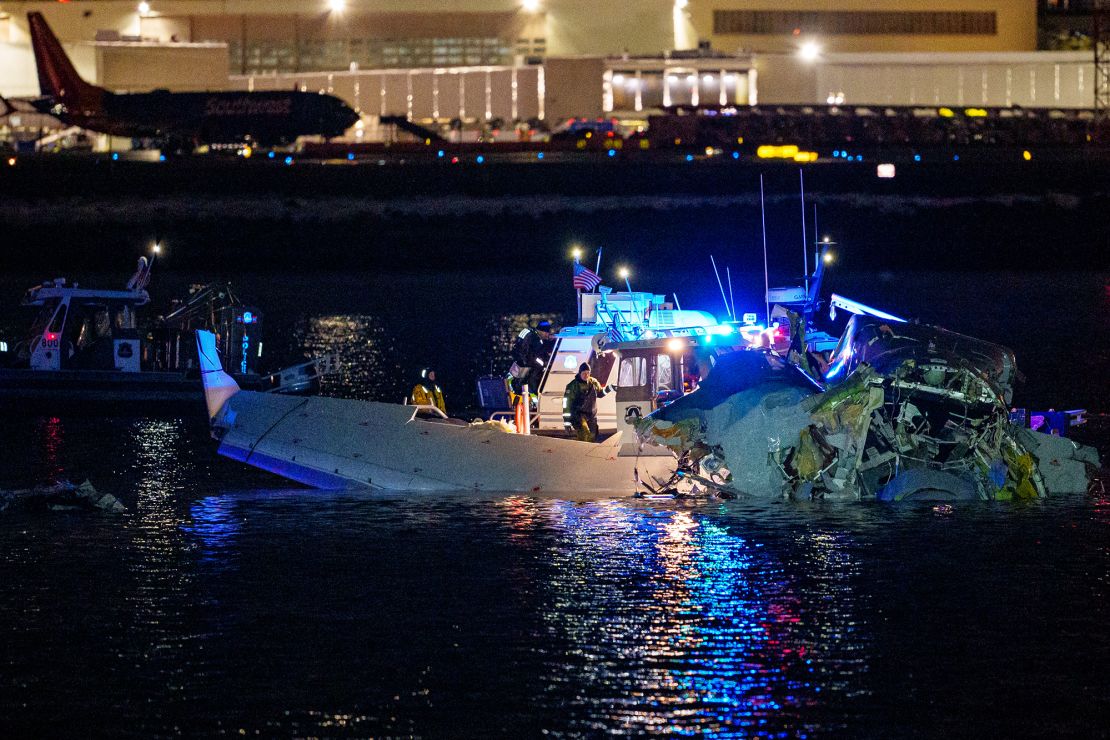Photo Courtesy of The New York Times
As COVID restrictions are lifting at AIS, the rest of the world continues to grapple with the question of how to transition to life after the pandemic. Every day, there are disagreements about relaxing versus continuing mandates and policies.
Starting in late January, in Ottawa, Canada, and on the US-Canadian border, there were protests over this very issue. Originally started by truckers packing the streets of the capitol, an anti-mask protest turned into a weeks-long blockade of Canada’s capital city. These protestors, self-proclaimed the “Freedom Convoy,” were frustrated by Prime Minister Trudeau’s continuing COVID-19 mandates and precautions, including a vaccine mandate for border-crossing trips. At its peak, the protest involved about 4,000 vehicles. Many Ottawan residents complained that they were harassed and intimidated on the clogged streets.
These protests garnered support from right-wing extremists and received donations from United States conservatives. As the situation escalated in Ottawa, two Canadian premiers (heads of territories) and 16 US governors wrote to their respective governments calling for an end to the vaccine mandate for international trucking routes.
To address the lasting blockade, Prime Minister Justin Trudeau invoked the Emergencies Act on February 14th, meaning that the Canadian government could take extreme action. This did not invoke an immediate response from the convoy.
Police officers were hesitant to directly engage with the protestors, due to a fear of violence and lack of manpower (PBS). On February 16th, police made a partially successful attempt to break up crowds and demonstrators with threats of arrest. Authorities knocked on truck doors and windows to serve truckers notice that their licenses and vehicles could be confiscated by the government. In response, some truckers ripped up the papers, insisted they were never going home, and honked their horns in a cacophony. Ottawa Police Chief Peter Sloly lost his job after his indecisive action. One protestor, David Paisley, said, “If it means that I need to go to prison, if I need to be fined in order to allow freedom to be restored in this country—millions of people have given far more for their freedom” (PBS).
On February 18th, after protests had dwindled to a few hundred people, crowds and demonstrators were cleared by police. Police officers made more than 100 arrests in Ottawa and cleared vehicles that had been blocking the capitol..
The “Freedom Convoy” has since inspired several similar protests in the US and around the world. Evidently, COVID continues to cause tensions and bring the right to protest into the forefront of conversations.
https://www.pbs.org/newshour/world/truckers-end-u-s-border-blockade-protest-in-ottawa-goes-on
